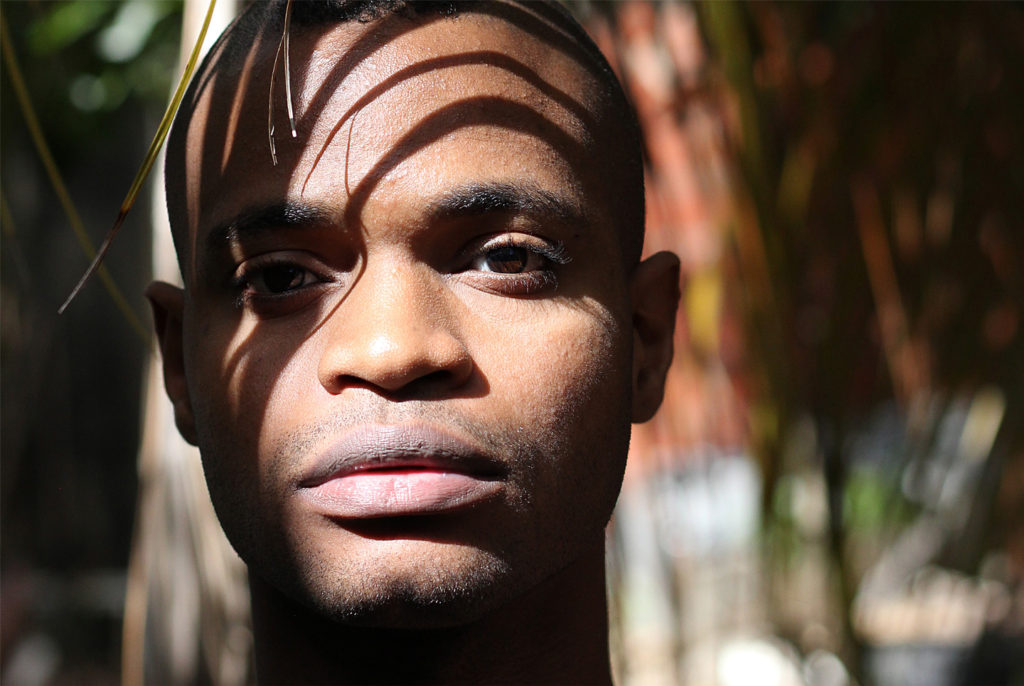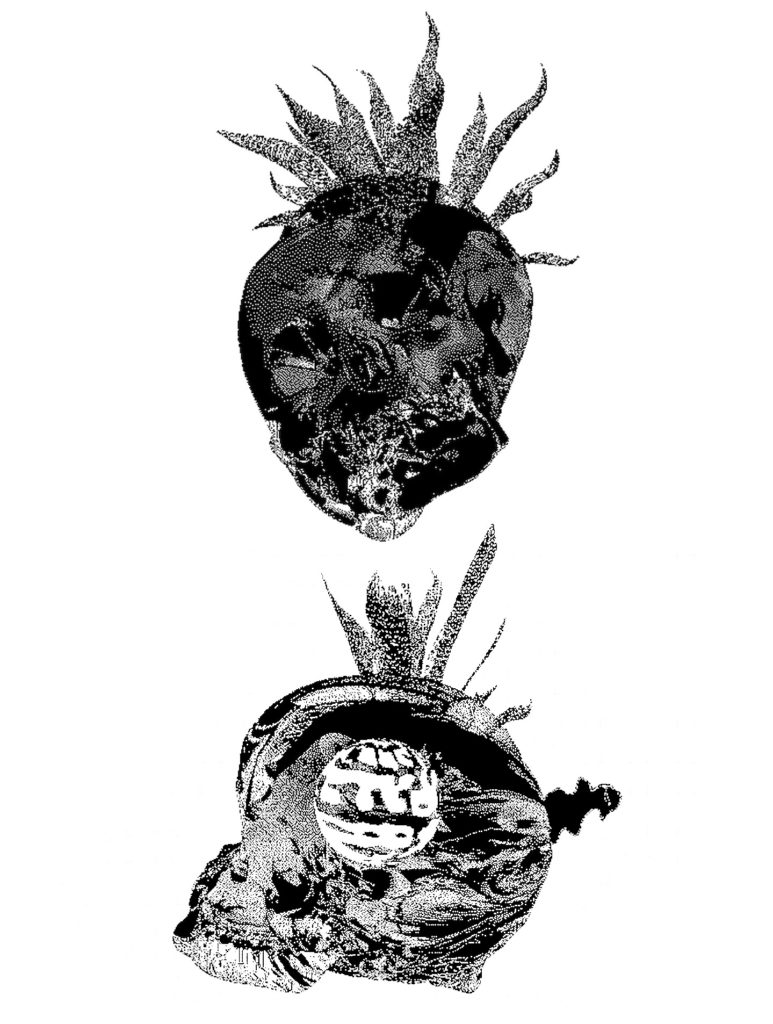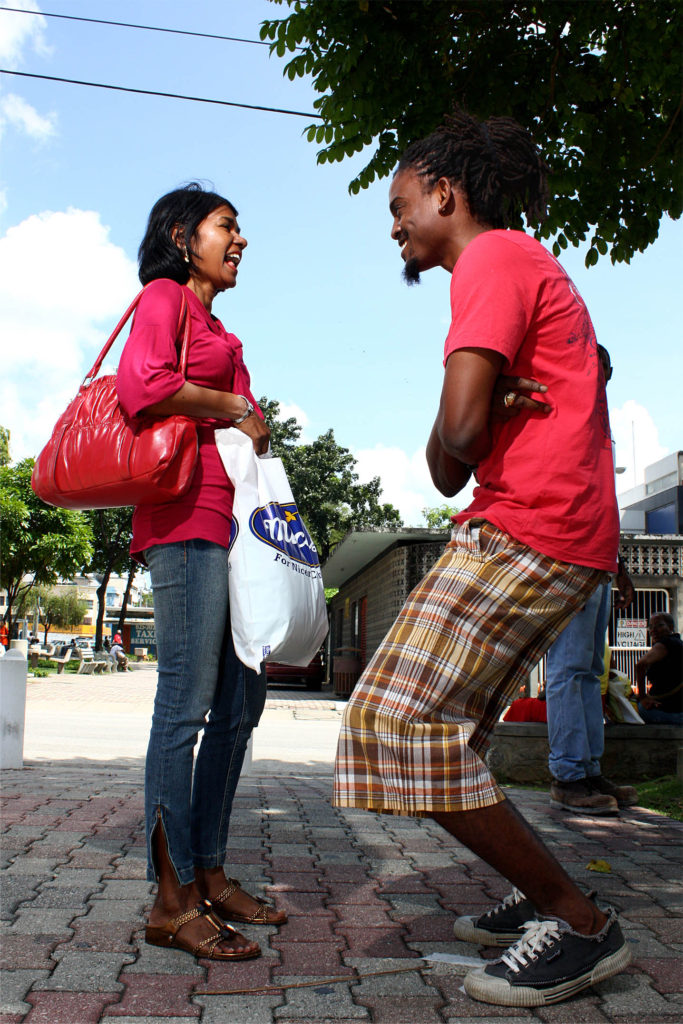A conversation between Marsha Pearce and Rodell Warner

Marsha Pearce: Hi Rodell, how are you? You are in Texas, yes? I’ve read that Texas, along with New York and Florida, have recorded more than 10,000 new coronavirus cases in a single day. It was interesting to see the chart prepared by the Texas Medical Association, which ranks activities according to risk levels for COVID-19. How are you coping in this pandemic? And how have you been processing this wave of protests against racism?
Rodell Warner: Hi Marsha. So good to hear from you! Yes, I’m in Austin, Texas with my wife, Nicole. We’re living here while Nicole gets her PhD. We’re good – safe and healthy, able and continuing to work. All things considered, even though reports of positive cases are rising alarmingly, we’re not too dramatically affected by the pandemic right now. This wave of protests is another story though. I’m completely transformed. Being here feels different than it did before. My presence in this society in this body feels so much weightier now, and at the same time delicate and meaningful in ways I would exhaust myself trying to describe, though it was always too complex for me to be succinct about. There’s less ambiguity now about what’s going on here, and what has been going on for actual centuries now, and its effects, and people everywhere are having to respond to feeling responsible, and being responsible. I don’t want to say too much about it because it’s a lot to process, and it’s important to process it thoughtfully, and I want to do that carefully. I’m happy we have the opportunity now to more actively, more deliberately change the world into what we desperately need it to be. The meaning of sharing images has changed for me, too. That was always complex too. The education and conversation that have been happening online, since the beginning of the protests, are among the most amazing and meaningful things I’ve experienced in my life, and the world I experience is different because of it, and I am different because of it. I’m just going to add the force of my life to the momentum of it in the most efficient and powerful ways I can imagine. I know enough of us are going to do the same, and that we are going to continue to restore humanity, community by community, and to keep aspiring towards beauty in human life on earth.
Your work is featured in Well Now WTF? an online exhibition that opened on April 4, 2020 and curated by Faith Holland, Lorna Mills and Wade Wallerstein. That work was also recently a part of the inaugural Refraction Festival, which ran from July 16th to 31st, 2020. What can you tell me about the flickering, rotating imagery you’ve created? And why have you rendered it without colour?
Well Now WTF? opened during what felt like the height of the panic about the pandemic, when it felt like there was very little reliable information and everything everywhere was totally locked down and there was no toilet paper anywhere and everything was cancelled. At the time I was making this GIF to contribute to the show there were reports of “mass graves” in New York, and “NYC hospitals using refrigerated trucks as temporary morgues” because of the unmanageable numbers of dead bodies due to coronavirus deaths. I was truly afraid, and many people were truly afraid of how death as a result of contracting the virus had suddenly become something to actively protect ourselves and our families against, and felt a lack of power to create space that felt truly safe from it. For example, I couldn’t find alcohol to disinfect things anywhere online without a 3-month wait time, and it was all sold out at brick-and-mortar places nearby. At the same time there was a vague feeling of excitement about the world – flawed in so many ways that we’ve since acknowledged en masse – ending(?), being reset(?). There was the feeling of communion with the whole of the world since the closing of borders and all the ways we are connected all across the globe had been made obvious by the shutdown. So life and death had come front of mind – the fear of death, the excitement about life being reset or continuing in a new way, the fragility of humanity – and I was trying to give an image to these considerations; to acknowledge them in a way that felt resonant with them. As for rendering the work in black and white, that seemed grave and jarring enough to create the resonance I was reaching for. Black and white felt right.

In contrast to this black and white animation, you’ve been colorizing old archival photographs for a body of work you call Augmented Archive. You’ve been mining visual archives and remixing them; incorporating colour and sound, and disrupting the stillness/fixity of the images with moving elements. As I think about your work, I recall Thomas Richards’ words in his book The Imperial Archive (1993, pg 6): “…the imperial archive was a fantasy of knowledge collected and united in the service of state and Empire.” Your work seems to be in dialogue with that fantasy and perhaps is rethinking how those images might act in service now – with the technologies of image construction available to us. Please tell me about this series of work.
The more I expand this series, the more I learn about what it can be or how it can function. It certainly does function as “a fantasy of knowledge united in service.” There is so much I can tell you about this work. First of all, now – now that I am far from home – it is mainly, personally, a way for me to create conversation and connection with people in Trinidad and Tobago, and in the Caribbean. Being away from our community in the Caribbean has changed my perspective on my practice and the people who pay attention to it. I understand now that a significant chunk of my audience is people who, like me, crave images of themselves, images of the Caribbean and Caribbean people. The more specific, detailed, and reflective or resonant, the better. I’ve seen that so many of the images I’ve made of people from home are loaded with meaning for people who resonate with what’s depicted and who recognise what is portrayed. The meaning is completely different outside of that context, and probably just lessened. I have a definition for art now, which is something I was resistant to before. I see art now as “a fire for us to gather around.” I think now of anything I make as a gathering place, a talking point, a generator of conversation about its content, perhaps a mystery to puzzle over, something like that – a fire to gather ’round. A focal point. So whenever I feel the need to feel a little more connected to everyone at home, I spend some time finding and selecting an image that’s going to mean something to the people that gather to look at the things I make, and I do something with it that we can look at and think about together. Most recently that has involved colorizing images.
Each of the images I’ve used so far have been shot on black and white film and have never existed in colour. Their subjects, photographed in the Caribbean fifty or seventy or a hundred years ago, or more, have never been seen in colour by anyone who didn’t see them in real life. Their skin tones were not recorded. The colours of their environments – forests and houses and rivers and skies – have not been recorded. Now, using artificial intelligences trained to detect human subjects and objects in photographs and apply colour to them, and which have been placed in open source form online, I can add colour to those faces and places, and present never-before-seen details of life from our ancestors and our history to my audience, and we can look at them together, and talk about them, and wonder about them together, and be nourished by them together – gather around them, as though around a fire. I’ve been adding sound too. To augment means to add. I’ve been adding my animated objects and playing with the narratives of the photographs, making things for us to look at and talk about, to be together around. And it serves me in that way. It works. It generates conversation with people who find meaning in it. I get to talk to them and we feel connected to each other, and I learn about how they feel about what I’ve done, and I take that with me for the next time I’m making something for us. I could tell you a lot more about this work, but what I’ve described here is mostly what it is for me.
I like your analogy of art as fire; as a way of expressing how art can be a means to connect with others. I am thinking now about your Closer series produced in 2009 in Port of Spain Trinidad, and again in 2011 in Johannesburg South Africa, which asked strangers to stand with each other and make eye contact. The work considers encounter, proximity and connection, among other ideas. How do you see this work framed in our present context defined by social distancing and quarantine?
It’s even more beautiful now. These photos always felt wholesome to me, and I’m always happy looking at them, but in the context of what the world is now, they’re just extra special by comparison. They’re so playful! Even the ones where the people are a little uncomfortable are making me smile because they are there, doing it! They’re just playing! There’s no work or obligation, no reason to do it except for fun, I think! They’re just being together because they have the opportunity to be together. They’re just enjoying being there.
It makes me think of something inextinguishable and beautiful about humanity and that I believe it’s in there in everyone and, if we make the world beautiful enough, it will come out of everyone, more and more. I want it to come out of me more and more and more. I look forward to when it’s safer for us to gather. I’m going to relish that more and celebrate it more. Can’t wait for a proper Carnival.

Your practice involves an exploration of the overlapping sites of the digital and the physical. How are you thinking about these spaces and concepts in this new age of apprehension about the physical and a heightened necessity of the virtual?
One thing that all this dependence on the virtual in recent months has pointed out is how inadequate the virtual is, in its current forms, in relation to our needs for connectivity. That overlap between the physical and the digital has been imagined and illustrated in such robust forms for so long – I’m thinking of the love scene in Demolition Man (1993) and the haptic suits depicted in Ready Player One (2018) – that our comparatively weak connections between the physical and virtual just leave us dissatisfied. No matter how avant garde right now, we’re basically still staring at screens, and it isn’t enough.
I really want to make things now that center physical presence and the use of my body, and use the digital to augment that. I really want to play instruments and make costumes and sing and have everyone get together so I can play for them and sing with them, and I want to do it with friends. So I have a lot of work to do, because these things I want to do are the least practiced parts of my life making things, but it’s what I know I have to do. Hopefully I’ll be seeing you in person at a show some time in the not-too-distant future, and I’ll have a song I’m excited to play for you, and some beautiful environment I made to put it all in.
Stay connected with Rodell Warner:
Instagram: @rodellwarner
Website: rodellwarner.com

Comments are closed, but trackbacks and pingbacks are open.